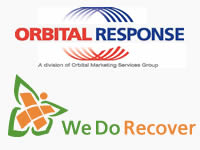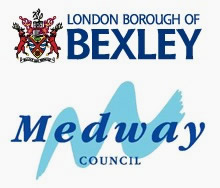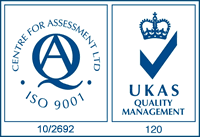Human Computer Interaction
 Human computer interaction (HCI) is concerned with how real people actually use computers, and has evolved from earlier work on man-machine interaction (MMI) that was used to help design control panels in aircraft and power plant. This early MMI work was more concerned with ‘control rooms’, and terminology such as user interface, GUI (graphical user interface), feedback, machine environment was used. Since PCs and the Internet have evolved, human computer interaction deals more with the interaction of a user and a PC/laptop.
Human computer interaction (HCI) is concerned with how real people actually use computers, and has evolved from earlier work on man-machine interaction (MMI) that was used to help design control panels in aircraft and power plant. This early MMI work was more concerned with ‘control rooms’, and terminology such as user interface, GUI (graphical user interface), feedback, machine environment was used. Since PCs and the Internet have evolved, human computer interaction deals more with the interaction of a user and a PC/laptop.
The subject of human computer interaction requires knowledge of both technical computing issues such as screen resolution, browser characteristics, and operating systems but also human behaviour issues such as communication theory and cognitive behaviour.
In terms of website design, human computer interaction is concerned with how website visitors view, navigate and use the website. This is an important part of designing an effective website. It should include two areas. Firstly the ‘user experience’ in terms of how the website appears to most people. Secondly, websites are different to print material in that they look and operate differently under different operating systems, browsers, screen resolutions and even for different computer setups. Human computer interaction should consider all these technical aspects to ensure the website design work well under all required conditions. This also includes blind users and others using assisted technology to navigate the website.
So, the aim of human computer interaction work is to ensure it is as easy as possible for website visitors to view, navigate and gain information from the website. The can be referred to as website usability. But is website usability sufficient when designing an effective website? Cornish WebServices think not.
When building an effective marketing website, in addition to website usability, marketing considerations are important. What is the purpose of the website? It is very likely that you want the website visitor to do one or more of the following:
- Remember the website (an often overlooked aim)
- Signup for more information
- Buy a product or request more information
This requires more than just website usability considerations. Other techniques such as visitor analysis for repeat visitors and navigational analysis through a website can show how effective a particular design is. In designing a new website, theory on website hotspots can be used to create a more effective initial design. This aims ‘to drive’ visitors through the website to certain pages, rather than simply creating an easy to navigate brochure.
Looking for a website that is both visitor friendly and a marketing tool?
Within Cornish WebServices, we have staff who have studied both MMI (man machine interaction), HCI( human computer interface) and website usability. We also have staff who use the JAWS (Job Access With Speech) software, the market leader for non sighted people accessing the Internet and are able to design and fully test websites to W3C AAA standards.
As Cornish WebServices are an Internet Marketing company, then we prefer to design websites as marketing tools which create value for a business, rather than a simple ‘online brochure’ for visitors to simply look at.


























